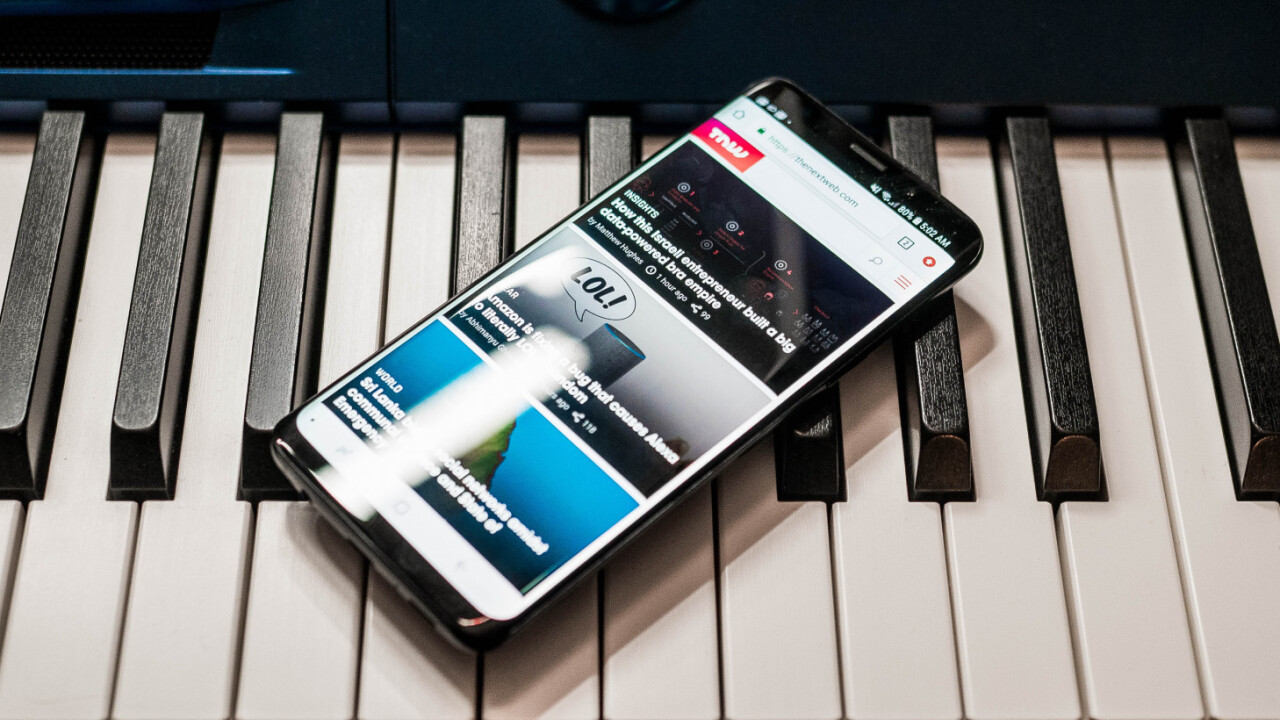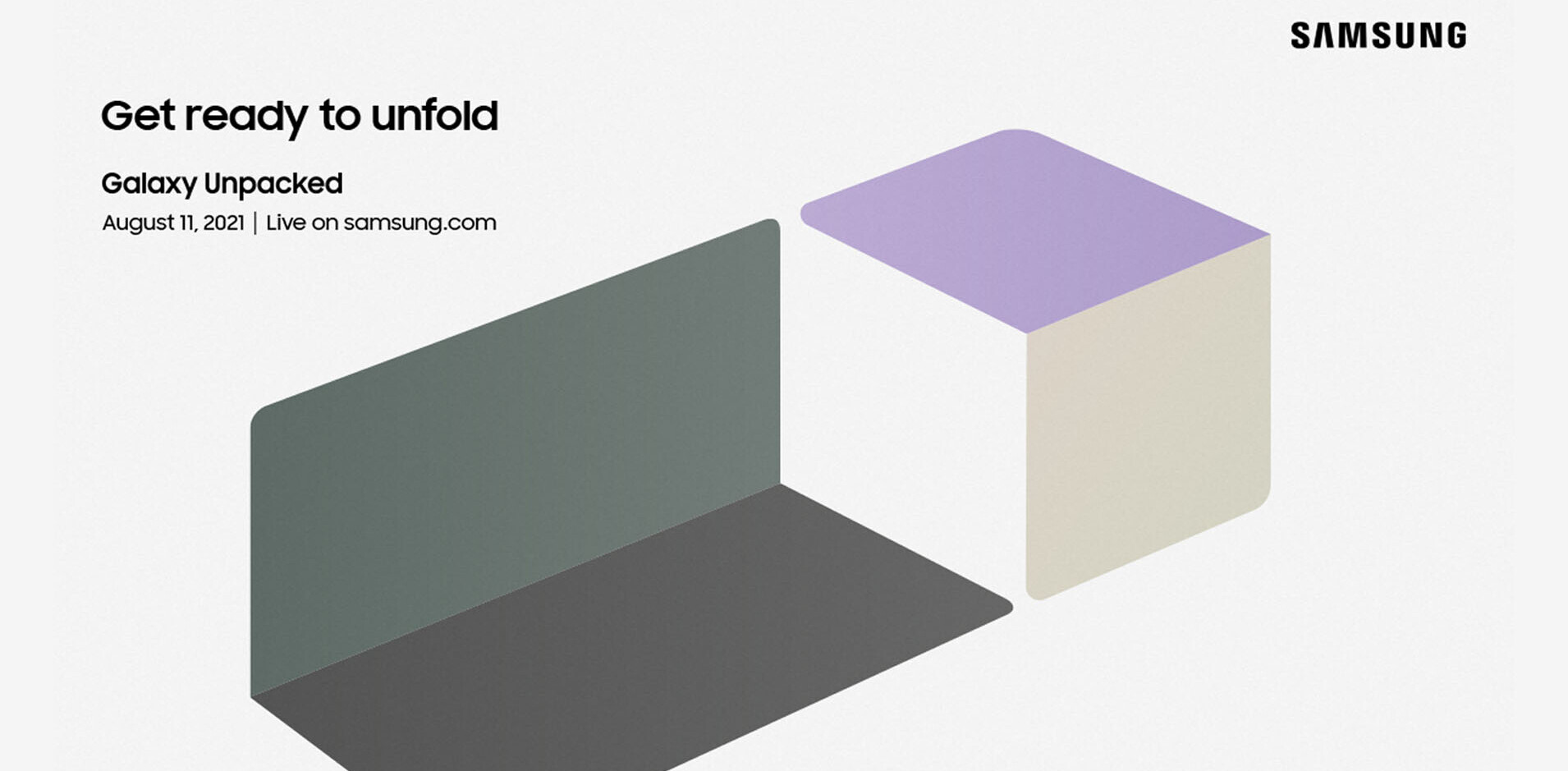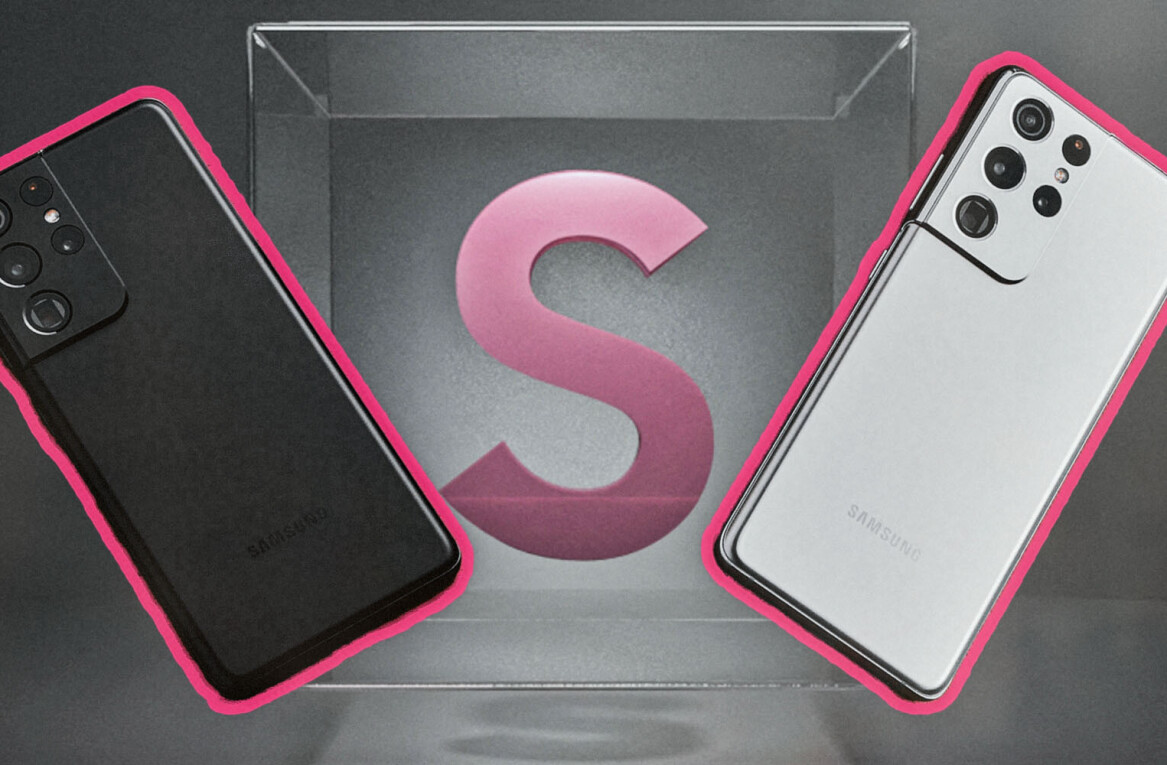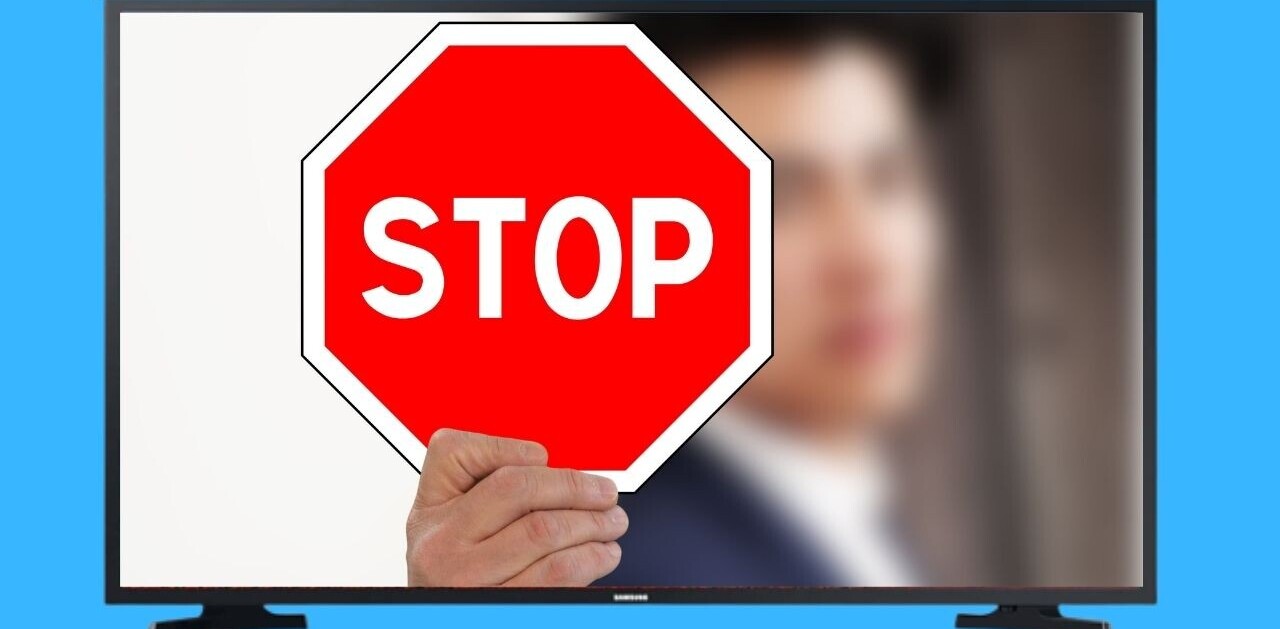
Samsung today announced its “unbreakable smart panel” was officially certified by Underwriters Laboratories (UL). For those waiting for the hype cycle to clear before taking the technology seriously, this means Samsung’s newest OLED panel is, for all intents and purposes, unbreakable.
I can’t wait to break it.
The panel uses an “unbreakable substrate” in lieu of glass. The substrate is a coating that essentially turns it into a hardened plastic. Unlike glass, the coating is flexible and shatterproof. In fact, according to Samsung, it’s many times more durable than glass and unlikely to break during day-to-day use.
To test these claims, the US Department of Defense requires a 1.2 meter (almost 4 feet) drop test. Samsung’s device was dropped 26 times in a row at both room temperature and freezing temperatures without displaying any signs of damage.
Samsung then upped the ante, going beyond the military standard to a 1.8 meter drop test (nearly 6 feet). The device survived the fall, without any cracks or visible damage.
In a practical sense, however, this just doesn’t tell us that much. In the real world, drops aren’t quite so controlled, and tend to happen in unpredictable ways. Until Samsung slaps one of its screens on a mobile device and brings it to market, there’s no telling just how effective it is in the real world. Plastic displays could also bring a number of tradeoffs. Water and fingerprints, for example, don’t typically wipe away as easily. They’re also more prone to scratches than glass, relying on self-healing coatings to minimize the impact to users.
Still, though, I’m very excited about the possibility of putting anything labeled “unbreakable” to the test. Hit me up, Samsung. In the mean time, you can enjoy our completely scientific tests on the last “unbreakable” object we received for review.
Get the TNW newsletter
Get the most important tech news in your inbox each week.




